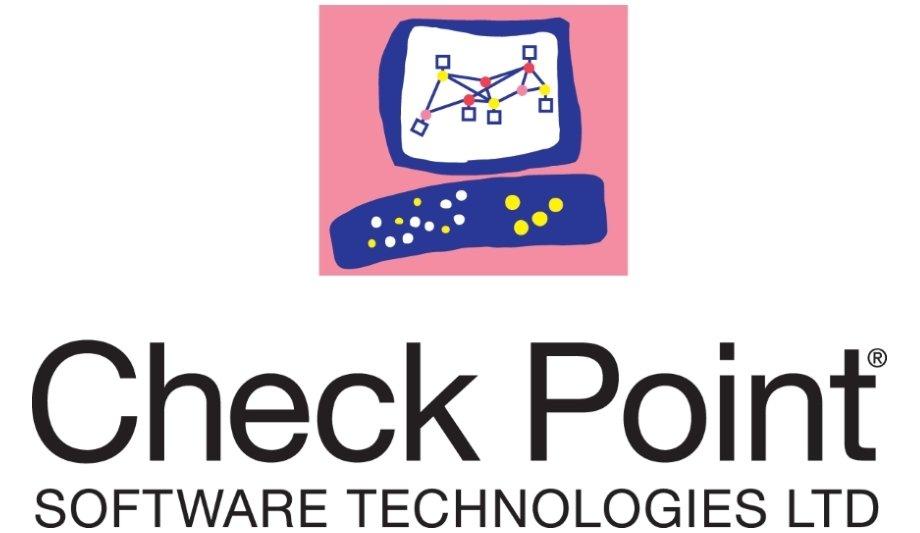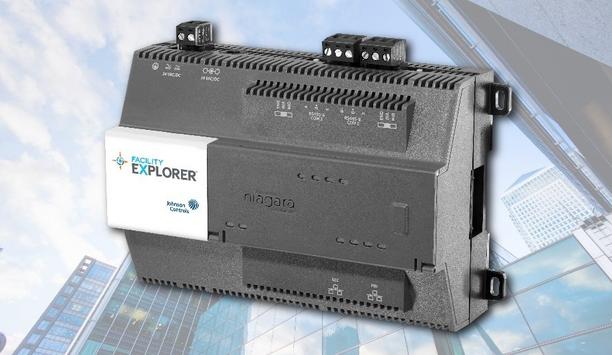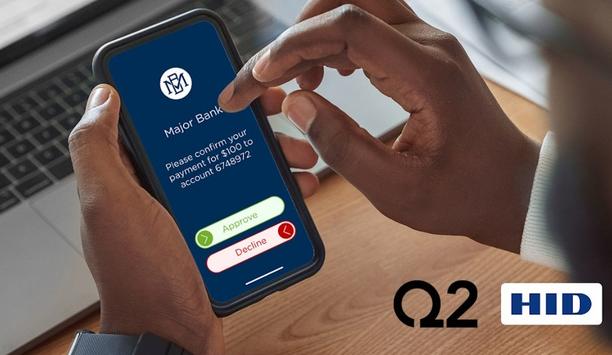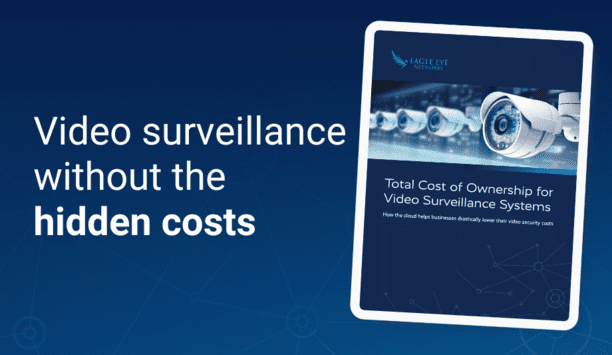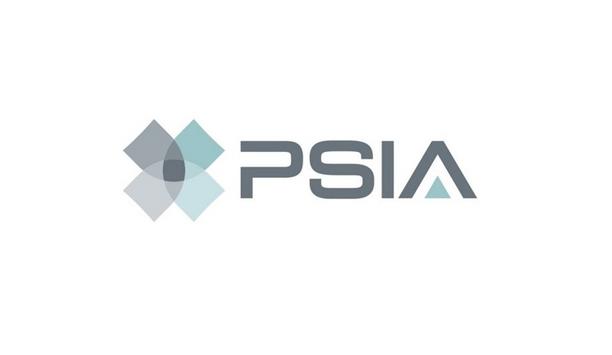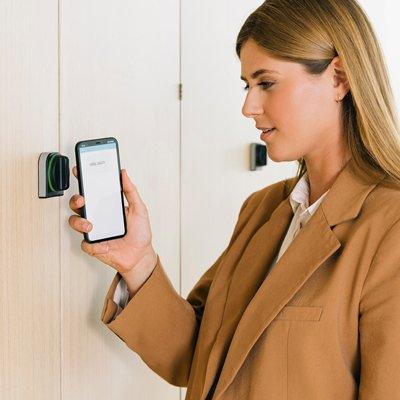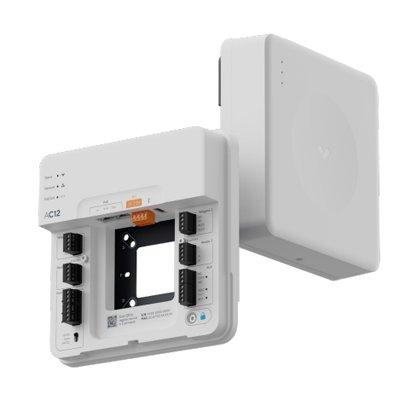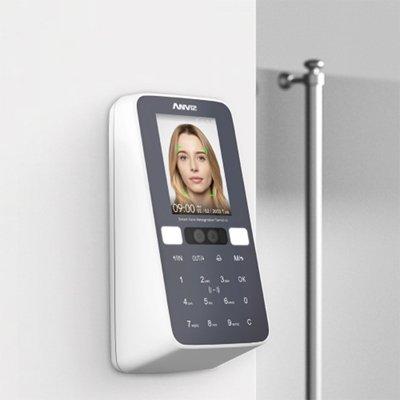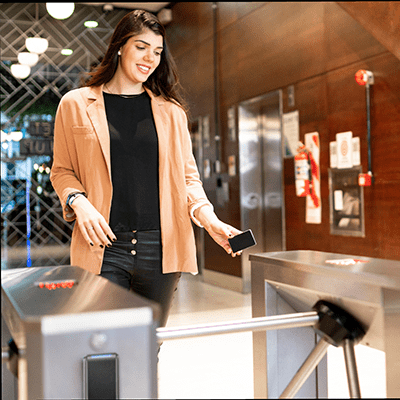As iPhone 12 shipments rollout, security experts at Check Point warn of the security risks in using 5G. Here’s how consumers can stay safe while using the new iPhone and other 5G carriers. Security experts at Check Point are warning of security risks around 5G as iPhone 12 begins to ship worldwide.
What is 5G? And how does it work? 5G is the shorthand term that stands for the fifth generation of wireless cellular networks. Following previous wireless standards after 1G, 2G, 3G, and 4G networks, 5G enables a new network that is designed to connect everyone to everything, faster. The way 5G works is that it transmits large volumes of data over shorter distances than 4G. Compared to 4G, 5G is faster, more responsive, uses less power, more reliable and can carry more devices.
Two Primary Security Risks of 5G
- More connected devices mean more attack vectors
5G poses a higher security threat partly because there are more vectors through which a hacker can attack. By design, 5G is set to enable a significant number of connected devices, each of which expand the attack surface from which a hacker can work from. Tens of billions of smart devices are expected to connect to 5G networks, and only a tiny fraction of these have any security features beyond a password. In short, every IoT device that 5G enables is a potential breach point.
- Lack of access control and poor threat visibility
5G networks are more distributed and decentralized. Devices are directly connected to the internet through the service provider. As 5G devices roll out in offices, factories and hospitals, the risk of data breaches and attacks increases sharply, as communications to and from these devices will bypass the corporate network and their security controls. Similarly, employees using 5G mobile devices to access cloud-based corporate resources will increase the risk of breaches and data losses.
Micro software agents
How to Stay Protected on 5G Carriers, including iPhone 12 -
- Have advanced threat prevention - As 5G will connect users and applications across mobiles, endpoints, networks, cloud and IoT, it’s essential to have advanced threat prevention to protect all of these types of asset, wherever they are located.
- Use micro-scale plugins - Given this huge volume and variety of products - many of which will have extremely limited or zero security capabilities - organizations need an easy way to deploy and manage security on any type of device. One of the best, innovative approaches is to use micro-scale plugins that can work on any device or operating system in any environment. These micro software agents control every attribute that goes to and from the device on the 5G network, and connect to the consolidated security architecture to enforce protection.
- Use a VPN - Leverage a VPN to stop hackers from accessing the user’s data without permission and spying on their online activity.
- Keep all the IoT devices updated - Any device that connects to their cellphone should have all the latest updates. This way, the users know that they have the latest security patches on all devices that orbit around 5G.
- Have strong passwords - Make the passwords very strong. Use characters that are random and various.
Internet of things
Ian Porteous, Regional Director, Security Engineering for Check Point, said: “5G is a double-edged sword. On one side, we get blazingly fast internet speed. On the other side, we are more prone to cyber attacks because there are more attack vectors for hackers to choose from. Fast-growing technologies like the Internet of Things (IoT) are expected to explode with 5G. Each device is a potential breach point."
"Hackers see these as new windows to launch possible attacks. As you use the new iPhone or other 5G carriers, practice more caution than ever: use a VPN, keep your IoT devices updated, and always use the strongest passwords you can imagine, as starting points for good 5G cyber hygiene.”
